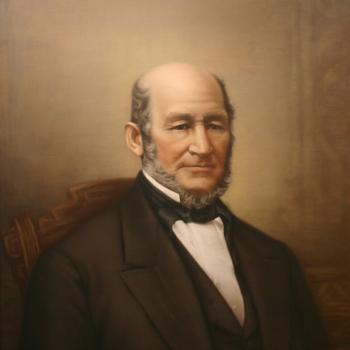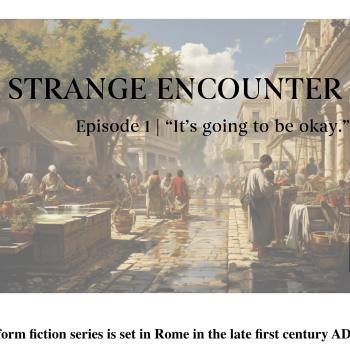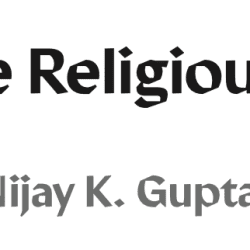 Since I regularly teach NT survey courses, I am always on the lookout for good textbooks. In fact, I like all the textbooks I am currently using, but there is a tendency for textbooks to get longer and longer, which poses serious challenges for the busy student and the need to have time to read and study the NT text itself. In this regard, I found very impressive the new textbook by Daniel Lynwood Smith called Into the World of the New Testament: Greco-Roman and Jewish Texts and Contexts (Bloomsbury, 2015). In 200 pages, Smith does not try to cover everything in the NT, but examines several key ideas, especially by contextualizing from a socio-historical and political viewpoint. He covers topics like kingdom of God, the Roman world, Messianism and Jesus, John the Baptist, disciples/discipleship, Judaism, the cross, and apocalypses (among other subjects). Smith is a clear and engaging writer and, even though he is trying to write accessibly, he does not shy away from introducing large blocks of text from folks like Josephus, Dead Sea scrolls, and ancient Greeks and Romans. Bloomsbury does a great job with an appealing visual presentation of it all as well. Here is why I think Smith’s approach is particularly attractive – students nowadays can go and find a lot of the facts they want to know about the NT on their own due to the amount and accessibility of resources (in the West, particularly). So, I do not feel the need in my NT courses to get into the details of dating of texts and issues over provenance and partition theories (etc.). What I think every student of the NT needs is a large dose of hermeneutics, a sense of biblical theology and how to read the NT in light of the OT, and how the NT texts are a product of their time historically and what the authors meant to communicate in their own time. Smith, in my opinion, really nails this last part. And, again, he does it briefly to allow for students to manageably consume and process his individual chapters. And he also includes really helpful annotated bibliographies at the end of each chapter. So, if you are looking for possible textbooks and place an emphasis on socio-historical contextualization, but want a short offering, this is the perfect thing!
Since I regularly teach NT survey courses, I am always on the lookout for good textbooks. In fact, I like all the textbooks I am currently using, but there is a tendency for textbooks to get longer and longer, which poses serious challenges for the busy student and the need to have time to read and study the NT text itself. In this regard, I found very impressive the new textbook by Daniel Lynwood Smith called Into the World of the New Testament: Greco-Roman and Jewish Texts and Contexts (Bloomsbury, 2015). In 200 pages, Smith does not try to cover everything in the NT, but examines several key ideas, especially by contextualizing from a socio-historical and political viewpoint. He covers topics like kingdom of God, the Roman world, Messianism and Jesus, John the Baptist, disciples/discipleship, Judaism, the cross, and apocalypses (among other subjects). Smith is a clear and engaging writer and, even though he is trying to write accessibly, he does not shy away from introducing large blocks of text from folks like Josephus, Dead Sea scrolls, and ancient Greeks and Romans. Bloomsbury does a great job with an appealing visual presentation of it all as well. Here is why I think Smith’s approach is particularly attractive – students nowadays can go and find a lot of the facts they want to know about the NT on their own due to the amount and accessibility of resources (in the West, particularly). So, I do not feel the need in my NT courses to get into the details of dating of texts and issues over provenance and partition theories (etc.). What I think every student of the NT needs is a large dose of hermeneutics, a sense of biblical theology and how to read the NT in light of the OT, and how the NT texts are a product of their time historically and what the authors meant to communicate in their own time. Smith, in my opinion, really nails this last part. And, again, he does it briefly to allow for students to manageably consume and process his individual chapters. And he also includes really helpful annotated bibliographies at the end of each chapter. So, if you are looking for possible textbooks and place an emphasis on socio-historical contextualization, but want a short offering, this is the perfect thing!
NB: I received an advance copy and the official public release date is March 2015















